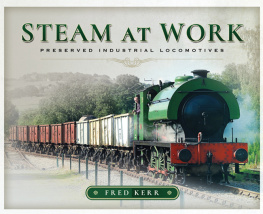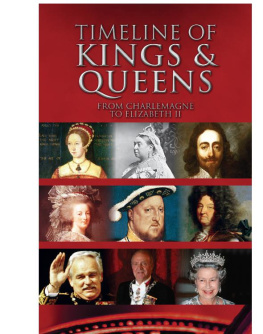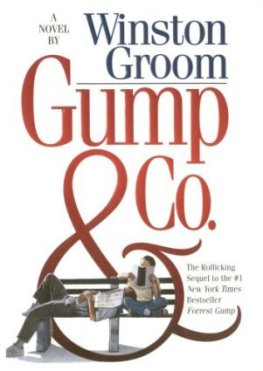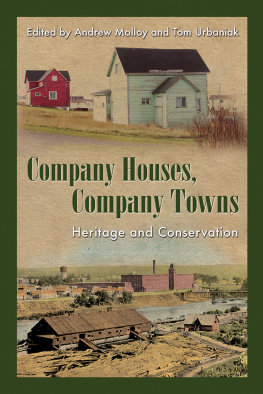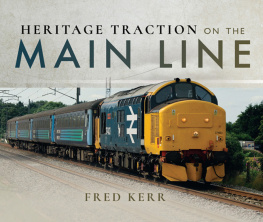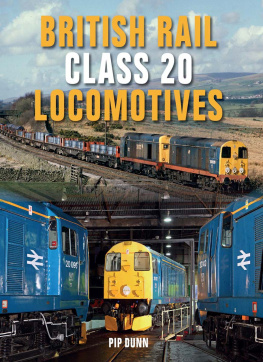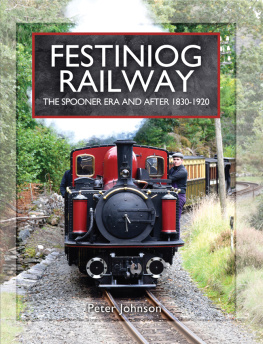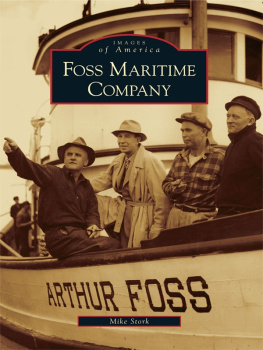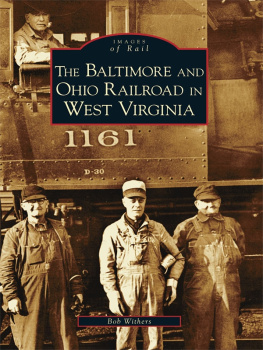
STEAM AT WORK
STEAM AT WORK
Preserved Industrial Locomotives
Fred Kerr
First published in Great Britain in 2017 by
Pen & Sword Transport
An imprint of
Pen & Sword Books Ltd
47 Church Street
Barnsley
South Yorkshire
S70 2AS
Copyright Fred Kerr 2017
ISBN 978 1 47389 657 4
eISBN 978 1 47389 659 8
Mobi ISBN 978 1 47389 658 1
The right of Fred Kerr to be identified as Author of this work has been asserted by him in accordance with the Copyright, Designs and Patents Act 1988.
A CIP catalogue record for this book is available from the British Library.
All rights reserved. No part of this book may be reproduced or transmitted in any form or by any means, electronic or mechanical including photocopying, recording or by any information storage and retrieval system, without permission from the Publisher in writing.
Pen & Sword Books Ltd incorporates the imprints of Pen & Sword Archaeology, Atlas, Aviation, Battleground, Discovery, Family History, History, Maritime, Military, Naval, Politics, Railways, Select, Transport, True Crime, and Fiction, Frontline Books, Leo Cooper, Praetorian Press, Seaforth Publishing and Wharncliffe.
For a complete list of Pen & Sword titles please contact
PEN & SWORD BOOKS LIMITED
47 Church Street, Barnsley, South Yorkshire, S70 2AS, England
E-mail:
Website: www.pen-and-sword.co.uk
Front Cover: Robert Stephenson & Hawthorn 0-6-0ST 7673 shunts Foxfield Colliery yard on 21 July 2012 whilst visiting the Foxfield Steam Railway as guest loco during a weekend Gala event.
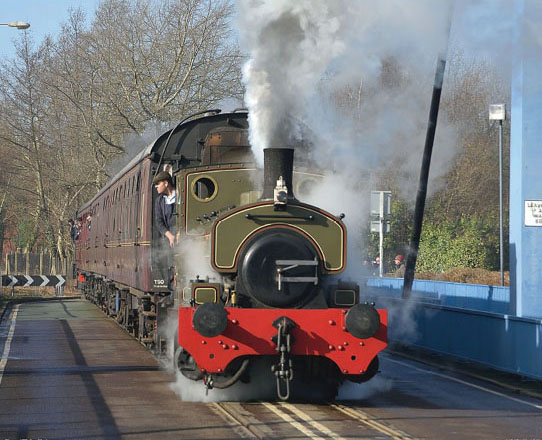
Andrew Barclay 0-4-0ST 1147 John Howe powers over the Marina Bridge in Preston Marina complex on 18 February 2012 whilst working a Ribble Steam Railway shuttle service.
T he history of steam locomotives within the United Kingdom is normally described in terms of those locomotives which were built for, and operated on, the main lines that ultimately became nationalised in 1948 as British Railways (BR). Whilst this covers a large part of the UKs railway history, it also overlooks the major role played within many UK companies which also operated railways with equally dedicated steam locomotives.
This was the heartlands of British Industry where companies used railways as an internal resource in the production of goods, whether by bringing the raw materials to the point of production, shunting materials during the course of production or by moving finished goods to an interchange siding to be transferred to train services operating on the national network.
The main-line companies became sufficiently large that they were able to build their own locomotives specifically designed to work their train services whilst industrial companies were obliged to buy their locomotives from builders who offered a wide range of designs that covered the diverse range of tasks which were to be found within industrial operations.
This market gave rise to a number of companies whose products fuelled the initial impetus of the Industrial Revolution but this began to dissipate during the early part of the 20th century leading to mergers and company name changes. The pressure increased further during that century as petrol engined, then later diesel engined, traction was developed and many locomotive builders found themselves unable to compete and thus went into liquidation.
The mass withdrawal of steam locomotives from BR during the 1960s, as it converted to modern diesel and electric traction, led to a preservation movement that concentrated on saving as many locomotives as possible. The parallel withdrawal of steam locomotives in industrial use, however, due to the closure of companies or their re-organisation leading to increasing use of alternative transport, was recorded by few enthusiasts and the preservation of working examples undertaken by even fewer.
It is to the credit of many heritage lines, unable to afford the rising prices of mainline steam locomotives or the effort required to restore many rescued from scrap lines and scrap yards, that they continued developing their lines by turning to industrial steam locomotives as a first stage in starting up. By the beginning of the 21st century many heritage lines had at least one example in their fleets and some centres were quite happy to operate services at a level where the industrial locomotive(s) were able to operate the timetabled services.
This resulted in a large variety of locomotive types still being operated in the 21st century and keeping alive the name of many companies, many no longer in business, which once formed an important group of engineering skills that supplied steam locomotives to the world.
This album is dedicated to those builders whose products are still in use many years after being built and, whilst not an authoritative collection, seeks to give a sample of the best of UK-built Industrial Steam Locomotives.
Fred Kerr
December 2016
AB: Andrew Barclay Sons & Company
Date Established
1864
Location
Caledonia Works, Kilmarnock
History
The companys owners had been producing locomotives since 1832 but their earlier companies had gone into administration. The 1864 company finally succeeded and produced many steam locomotives, including some to the designs of these earlier companies, as well as designing fireless locomotives and diesel locomotives. In 1972 the company was taken over by the Hunslet Engine Company but subsequent takeovers and amalgamations saw it become part of the USA-owned Wabtec Group of companies in 2015; its main activity thereafter was geared to coaching stock repairs and modifications.
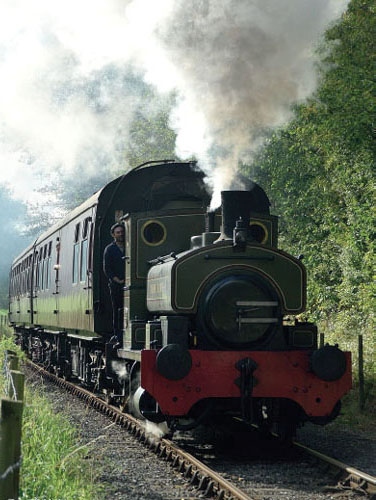
1147 hauls a Riversway-Strand Rd shuttle alongside the Riverside Walk, adjacent to the River Ribble, on 17 September 2011.
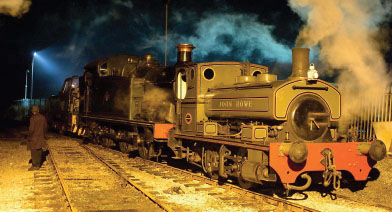
1147 shunts stock at the shed during an evening photo charter on 5 February 2010.
0-4-0ST 1147 John Howe was built in 1908 to the order of Howes Plaster Works located near Cumwhinton in Cumbria but, as at 2015, it is preserved by the Ribble Steam Railway located in the Preston Dock complex.
The Ribble Steam Railway includes a Museum wherein it displays locomotives which are either awaiting restoration or are surplus to requirements but worthy of retaining for display purposes. Included in the collection are a number of Barclay 0-4-0ST locomotives, including:
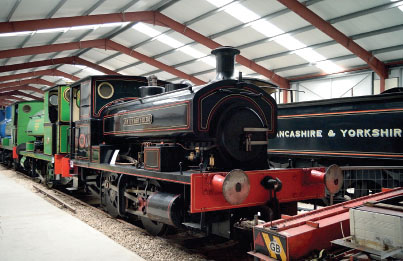
1598 Efficient, delivered to McKechnie Brothers copper smelting works at St Helens in 1918, being displayed on 17 September 2011.
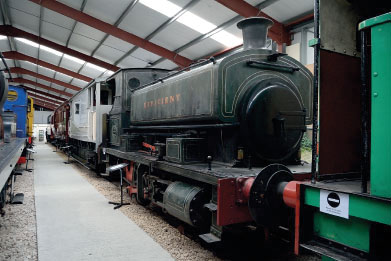
1969 J.N. Derbyshire, delivered to Carlisle Plaster & Cement Company of Cumwhinton in 1929, being displayed on 23 February 2011.

